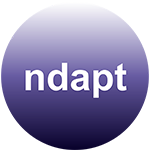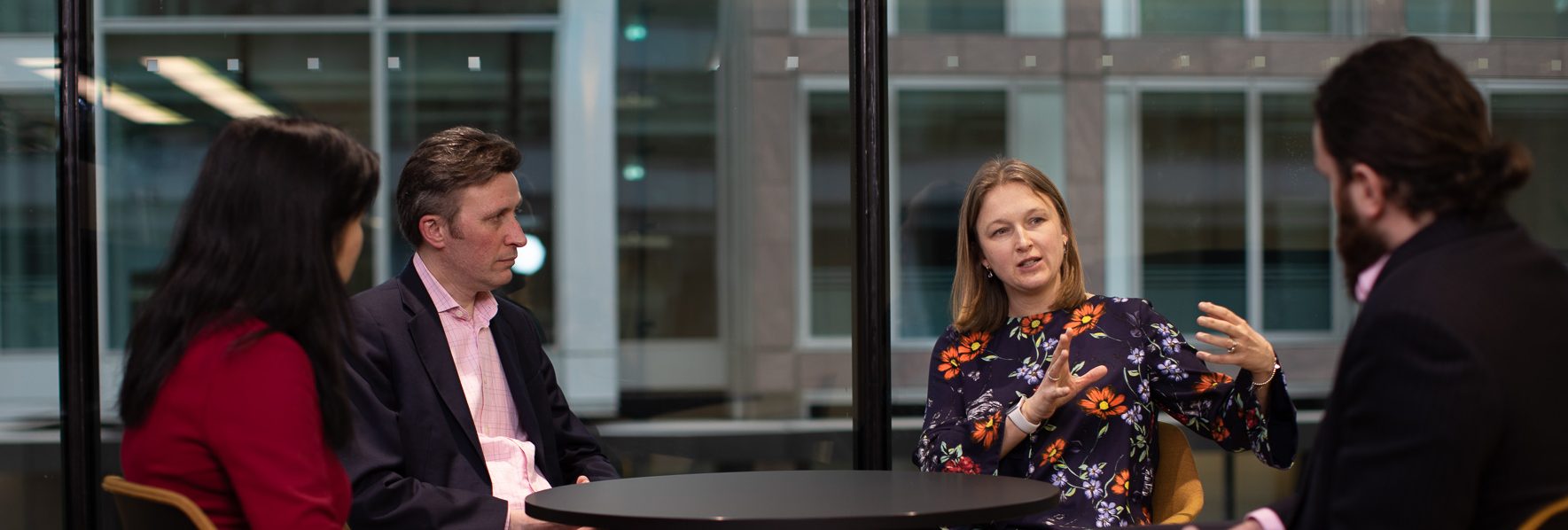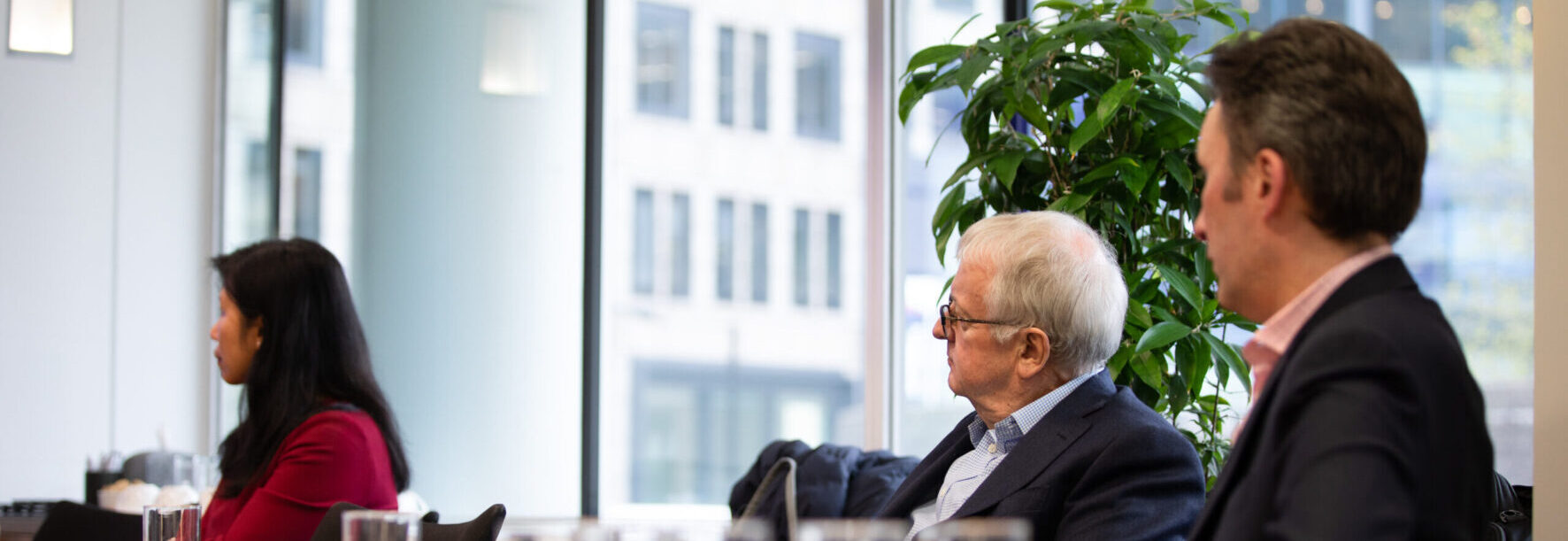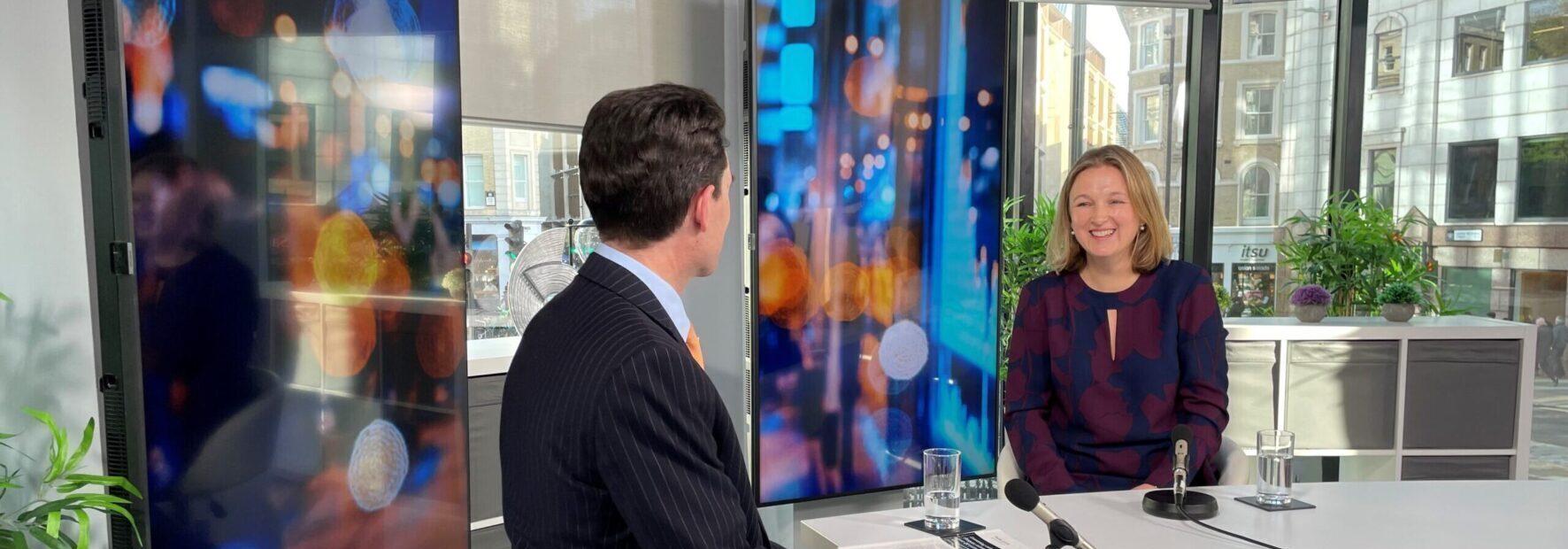In the second of a three-part series, we explore how to build a strategy to deliver short-term and long-term value.
One of the common tensions between a trustee board and company board is the relative perspective of value creation. Company management typically has a shorter time horizon, say 3 to 5 years, than the trustees with targets set for the next 5 to 10 years, or even longer.
The good news is that it is possible to develop strategies that deliver value in the shorter as well as in the longer term.
Long-term objective
For some, the long-term objective may be to reach a full funding position that is resilient and has low dependency on the company in the future. Others may wish to buy out the scheme with an insurance company, thus completely discharging all scheme liabilities. There are, of course, different variations of long-term objectives, such as to be adequately funded and backed by a contingent asset.
Building a strategy
Having set that long term objective, the next step is to build the components of the strategy to achieve that objective. Invariably this comprises 5 core components:
- funding (cash or non-cash)
- investment strategy
- sponsor’s covenant strength
- liability management
- risk transfer
Although the strategy is set by the Trustees, the company’s input is essential. Think creatively around your funding package in a negotiation. For example, is there an opportunity to unlock the value of an asset which is otherwise undervalued on the company balance sheet, enhance your sponsor covenant at little or no cost to enable greater risk appetite in investing or cross transfer of risks within the wider business. It is advisable to build in some resilience into the funding level, which should not be confused with additional prudence or de-risking, but rather protection against adverse experience.
How we put this into practice
A large defined benefit scheme, backed by a strong regulated sponsor, was relatively well-funded albeit in deficit against Trustee’s longer term low dependency basis. Both the Trustee and the sponsor engaged in good faith discussions and quickly established an understanding of respective views and objectives on funding and investment strategies. The sponsor had no intention to buy out the benefits and given its strong covenant strength, did not agree to the Trustee’s low dependency basis. However, both parties agreed to find a middle ground.
Following rounds of further discussions to explore potential solutions including creative uses of company assets, a workable solution was agreed upon. Both parties entered in an arrangement whereby a bespoke contingent asset was put in place with agreed mechanisms as to its operations including how the assets would be invested taking into account both the Trustee and the sponsor’s risk appetites and how assets would be released to either the Scheme or the sponsor.
To discuss the above, or any other aspect we can help with, please get in touch by emailing pin-nee.tang@ndapt.com








